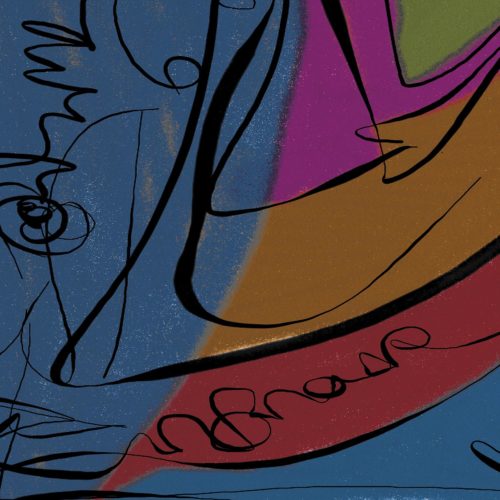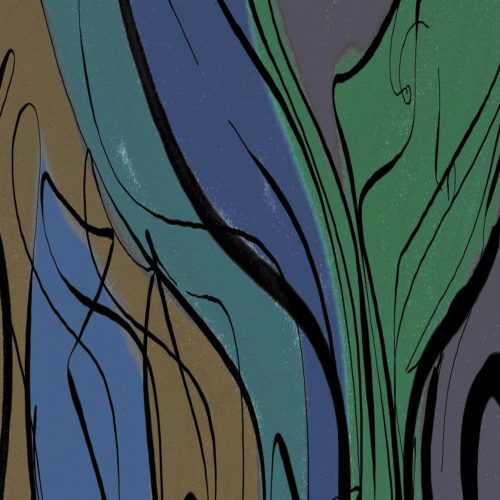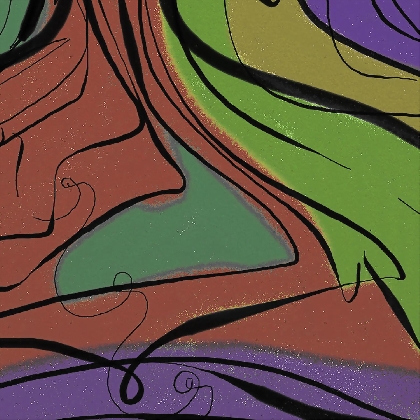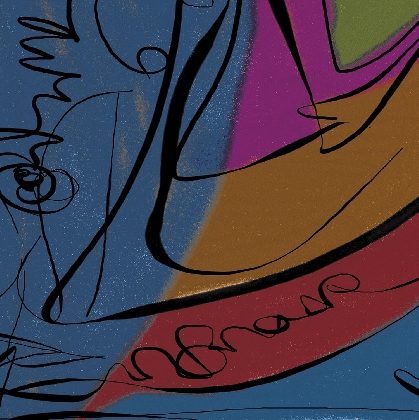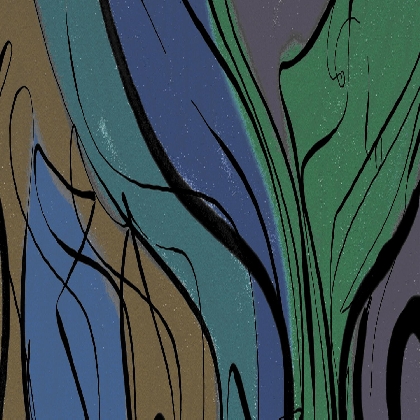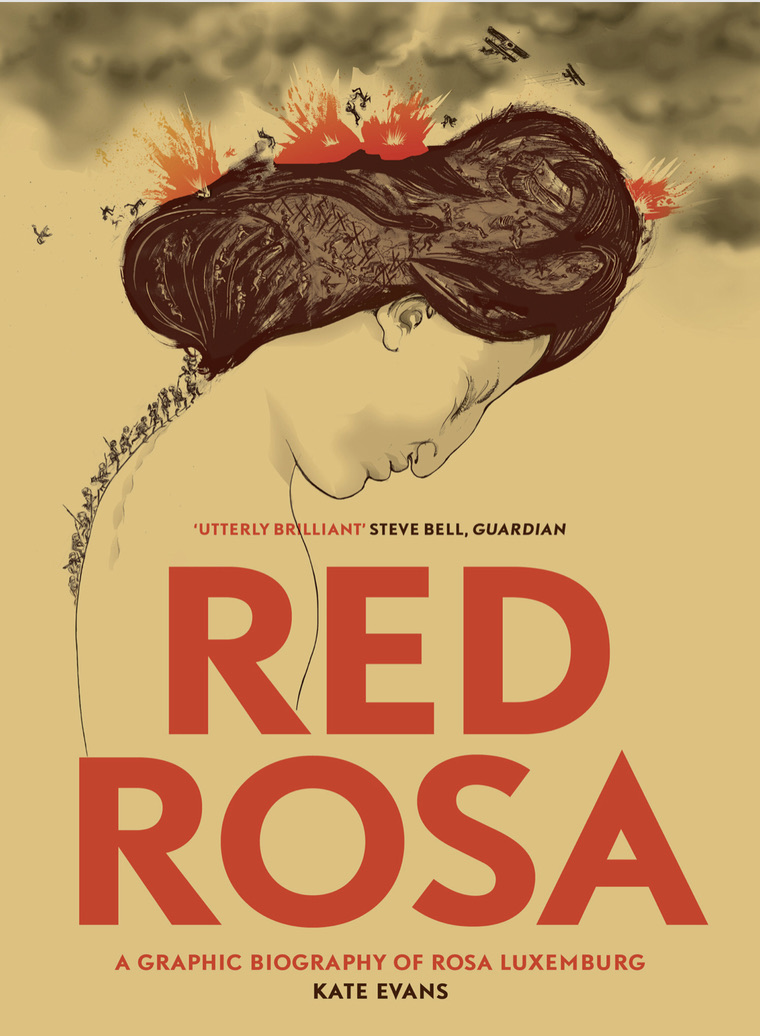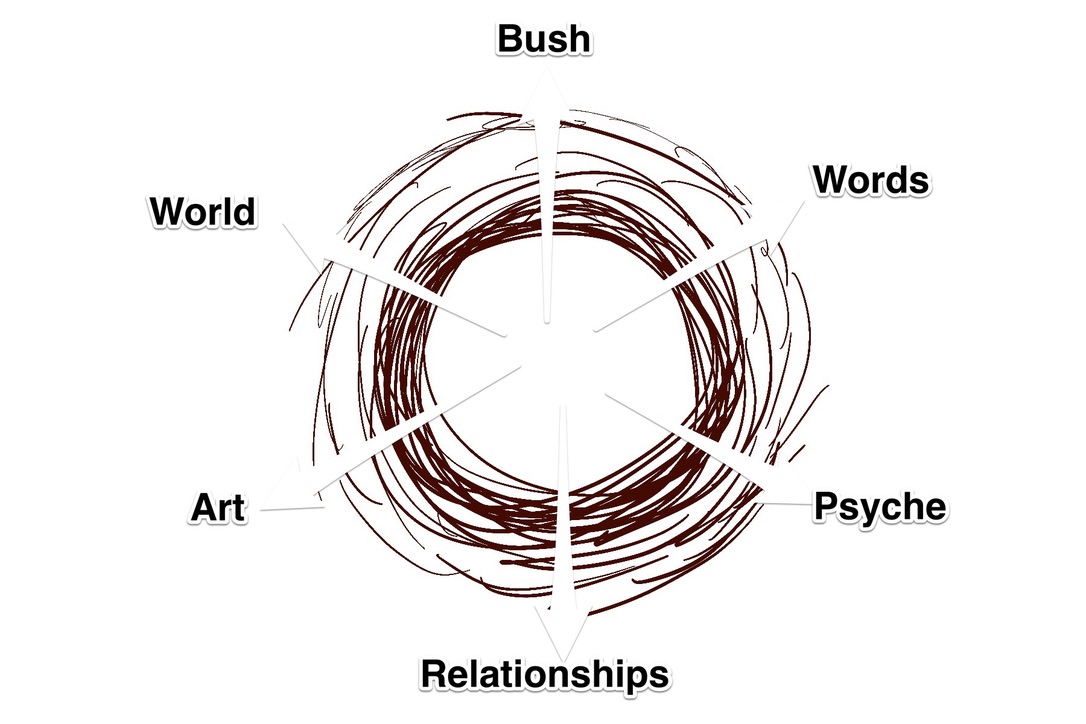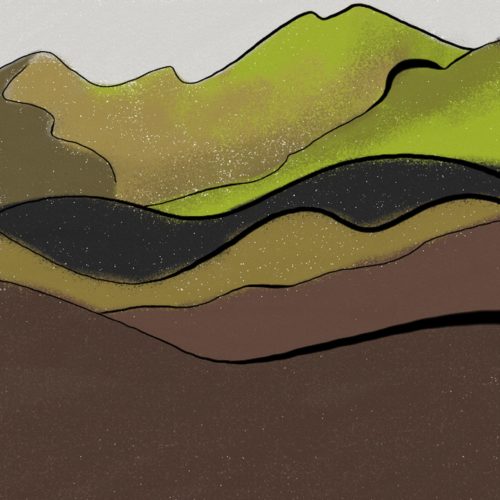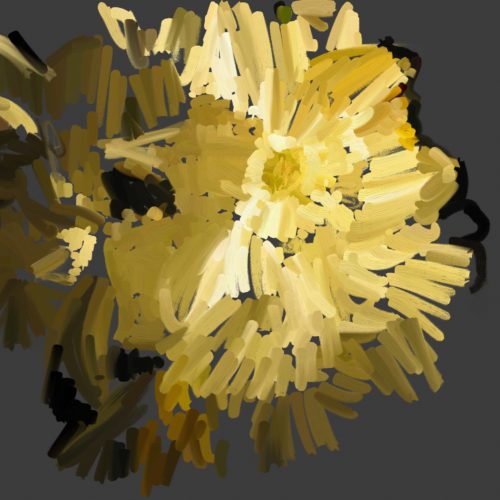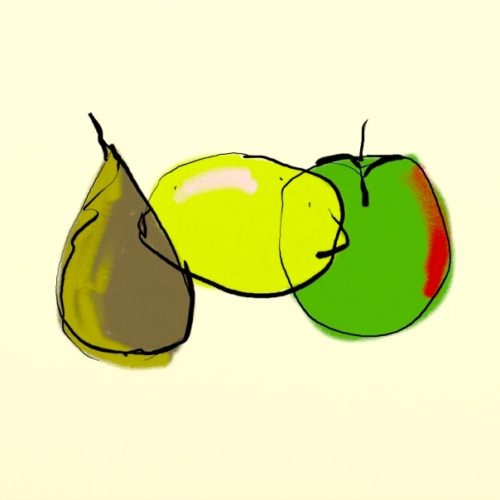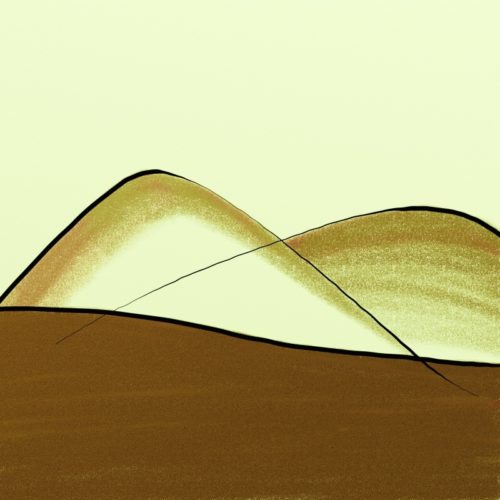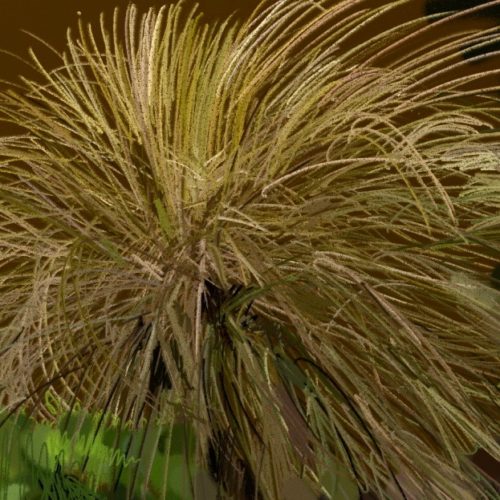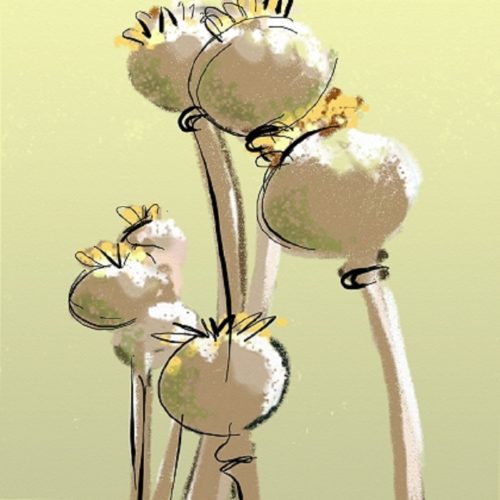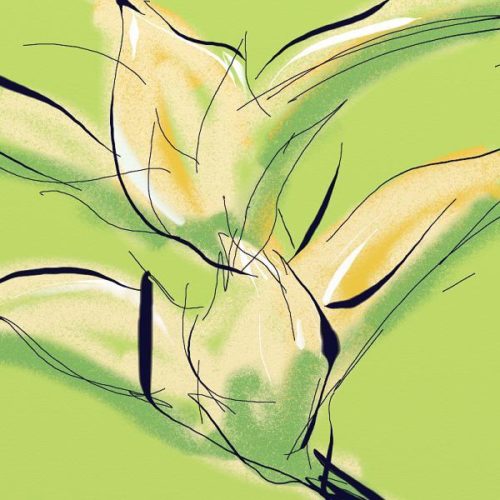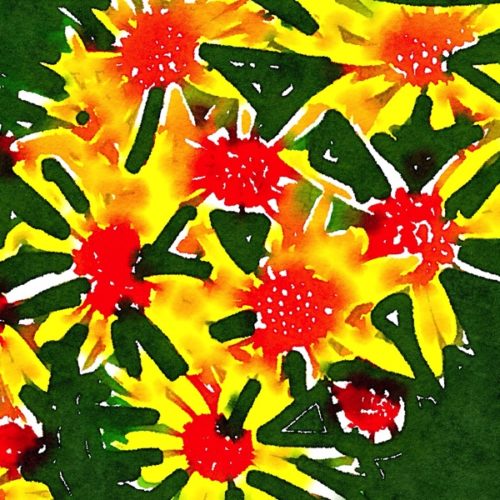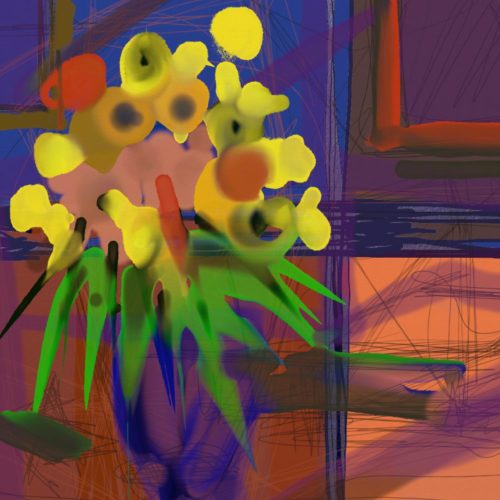From ThousandSketches 2006
I like poems that sing
I like poems that sing
and hum, they’re easy on
the brain. Nothing
obscure, but plenty to ponder.
And nothing long. Unless
it really gallops. I want
to see what’s going on.
and what’s underneath.
Love is good in poems. And
life and death. Birth is rare
unless it’s spring, let’s have
more. Earth and fire. Breath.
But nevermind. Poems do not obey commands.
They come half-made and not to order.
Ban plastic waste exports | GREENPEACE
I signed and donated.
But I don’t feel better.
I hate reading this page on Greanpeace. All the more because I know this stuff. And I want to see more than us stopping sending plastic overseas. And I know I’m not active. (but oh, I am!)
Stop making plastic.
Stop ADVERTISING plastic.
Red Rosa
My life streams
A few years ago I distilled the main areas of my life. What interests me. Areas I just can’t neglect. Areas that need my attention and love.
Slideshow: figurative sketches
Cllected up all my somewhat figurative sketches on this blog to date.
Some of these are from my ThousandSketches project
Tidying up old documents — One Flew Over the Cuckoo’s Nest, Powerful, Bankrupt.
I used to get airmailed copies of The Guardian, a Marxist publication not to be confused with the UK liberal paper. I saved a page from a 1976 copy. I loved reading the movie reviews by Irwin Sylber. Of course every movie was contaminated by capitalist ideology. He was spot on. I still think so.
I kept a review of One Flew Over the Cuckoos Nest (which I loved despite of its capitalist propaganda, Kesey is still some sort of counterculture hero.)
Continue reading “Tidying up old documents — One Flew Over the Cuckoo’s Nest, Powerful, Bankrupt.”
416.08 ppm CO2 PPM today.
| Jul. 23, 2021 | 416.08 ppm |
| Jul. 23, 2020 | 413.55 ppm |
| 1 Year Change | 2.53 ppm (0.61%) |
Give birth to this moment.
What now?
Nothing will help.
What am I doing?
Why am I here? Continue reading “Give birth to this moment.”
Psychodrama and the body
Some quotes from Moreno in “Who Shall Survive?”
Continue reading “Psychodrama and the body”

